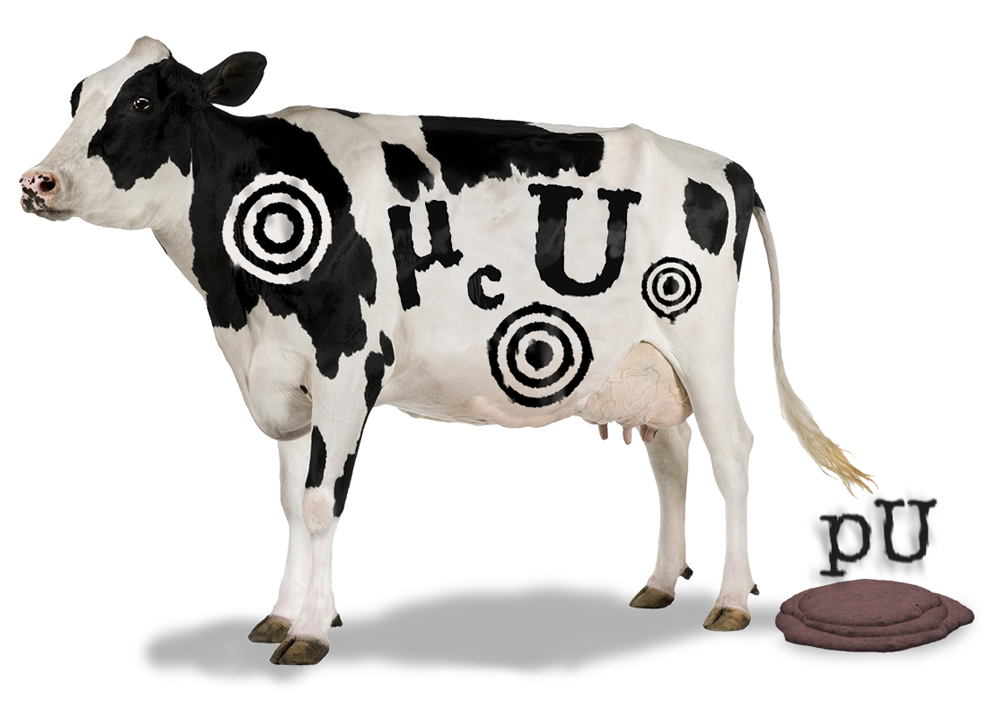Quality Standards
Six of Eight assays of a Hitachi 7600 cannot meet measurement uncertainty performance specifications
A continuing investigation into assay capability to meet new performance specifications for permissible measurement uncertainty (pU). Is the Hitachi 7600 able to hit these targets?
6 of 8 assays from a Hitachi 7600 analyzer cannot meet 2021 pU% goals
Sten Westgard, MS
January 2022

- 6 of 8 assays of a Hitachi 7600 cannot meet pU goals.
- 8 of 9 assays of a Cobas c702 cannot meet pU goals.
- 6 of 8 assays of 2 ARCHITECT c16000s cannot meet pU goals.
- 6 of 7 assays of an AU 680 cannot meet pU goals
- MU pU goals, can anything hit them?
Using the performance specifications for permissible measurement uncertainty from the 2021 CCLM article by Braga and Panteghini https://pubmed.ncbi.nlm.nih.gov/33725754/ we decided to look at the Hitachi chemistry analyzer
A 2021 article about the analytical performance of a Hitachi 7600 analyzer provides the opportunity to test whether today's instruments can meet the new performance specifications:
Practical application of Westgard Sigma Rules with run size in analytical biochemistry processes in clinical settings.SongQing Peng, JinFei Zhang, WuQiong Zhou, WeiLin Mao, Zhong Han. https://onlinelibrary.wiley.com/doi/10.1002/jcla.23665
While the study evaluated 18 analytes and Braga and Panteghini published 13 performance specifications, the Venn diagram produces only 8 assays for analysis. So we will evaluate to see if those 8 assays can meet the MU APS.
The Braga and Panteghini pU and the performance
The imprecision was estimated from IQC data from January to June 2020. Bias was estimated by EQA participation, an external quality assessment program, over the same time period.
| Measurand | Milan Model | APS for standard MU, % | APS for desirable lab CV% | Level 1 CV | Level 2 CV | |Bias| |
| creatinine | Biological Variation (2nd best) | 2.2% | 1.1% | 1.55% | 1.11% | 0.22% |
| glucose | outcome-based (best) | 2.00% | 1.00% | 1.30% | 1.22% | 0.55% |
| sodium | Biological Variation (2nd best) | 0.27% | 0.14% | 0.52% | 0.38% | 0.50% |
| potassium | Biological Variation (2nd best) | 1.96% | 0.98% | 1.01% | 0.57% | 0.32% |
| chloride | Biological Variation (2nd best) | 0.49% | 0.25% | 1.06% | 0.86% | 2.97% |
| total calcium | Biological Variation (2nd best) | 0.91% | 0.46% | 1.27% | 1.06% | 1.34% |
| urea | Biological Variation (2nd best) | 7.05% | 3.03% | 1.81% | 1.54% | 0.59% |
| alanine aminotransferase | Biological Variation (2nd best) | 4.65% | 2.38% | 3.13% | 1.18% | 0.60% |
Does pU Pass or Fail?
When the performance specification is applied to the imprecision measured on this instrument, what is the verdict? Note that the MU and pU are specifications that (mostly) ignore bias. Measurement Uncertainty can't be combined across all the levels if bias exists. So typically the approaches assume (1) either bias is so small ( which is left unspecified) that it can be ignored or (2) the bias varies over the long term, so it can be incorporated as just like another imprecision, or (3) the bias must be eliminated before any of the measurementuncertainty approaches can be applied.
Here, we're just going to pretend the bias isn't that important, and see if the imprecision alone can meet the pU goals.
| Measurand | Milan Model | APS for standard MU, % | APS for desirable lab CV% | Level 1 CV | Level 2 CV | Level 1 pU? | Level 2 pU? |
| creatinine | Biological Variation (2nd best) | 2.2% | 1.1% | 1.55% | 1.11% | FAILS |
almost |
| glucose | outcome-based (best) | 2.00% | 1.00% | 1.30% | 1.22% | FAILS | FAILS |
| sodium | Biological Variation (2nd best) | 0.27% | 0.14% | 0.52% | 0.38% | FAILS | FAILS |
| potassium | Biological Variation (2nd best) | 1.96% | 0.98% | 1.01% | 0.57% | FAILS | PASSES |
| chloride | Biological Variation (2nd best) | 0.49% | 0.25% | 1.06% | 0.86% | FAILS | FAILS |
| total calcium | Biological Variation (2nd best) | 0.91% | 0.46% | 1.27% | 1.06% | FAILS | FAILS |
| urea | Biological Variation (2nd best) | 7.05% | 3.03% | 1.81% | 1.54% | PASSES | PASSES |
| alanine aminotransferase | Biological Variation (2nd best) | 4.65% | 2.38% | 3.13% | 1.18% | FAILS | PASSES |
Technically, one one assay passes the pU goals here, Urea. But the upper levels for ALT, potassium, and (almost) creatinine do meet the pU goals. So let's put those together and say that equals one assay passing. Still, not a great outing for Hitachi.
But this is the third look at current performance data showing that the majority of assays of the major platforms cannot hit pU performance specifications.
